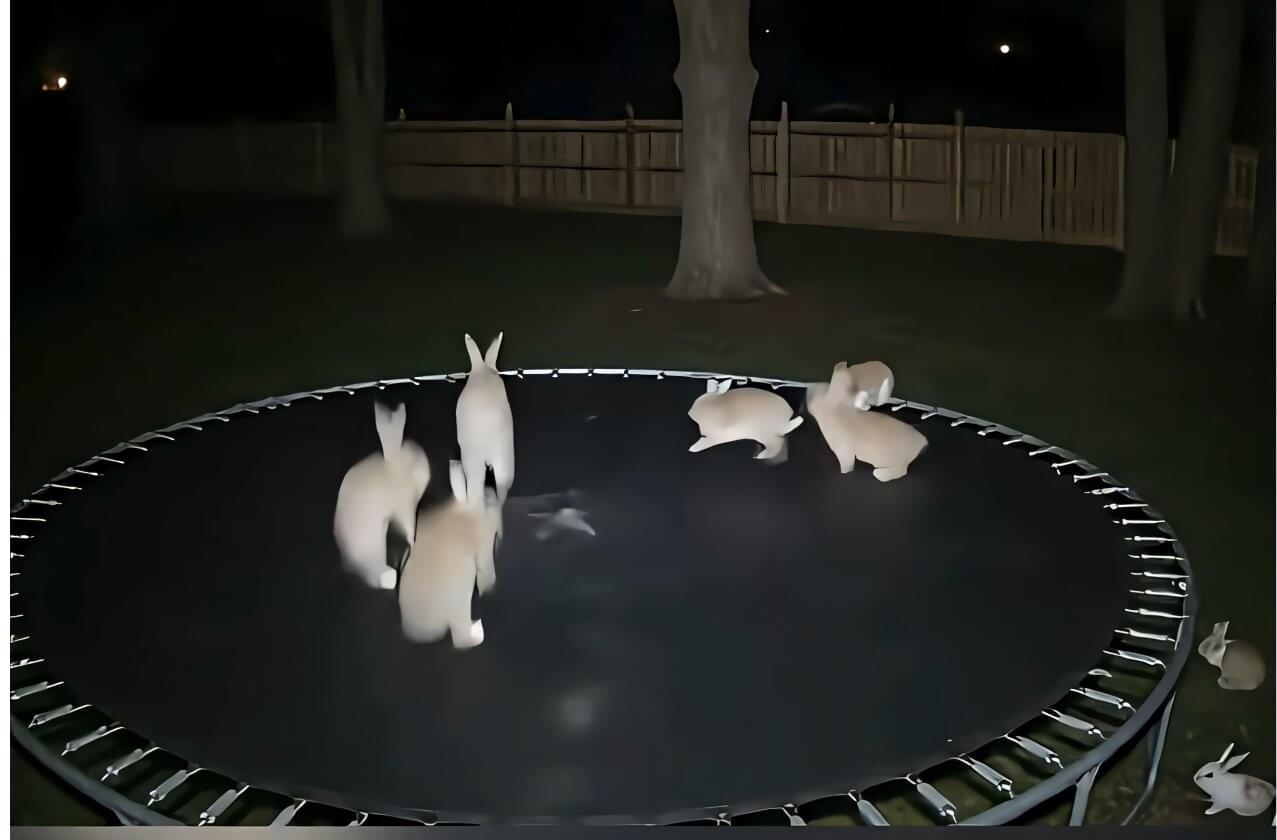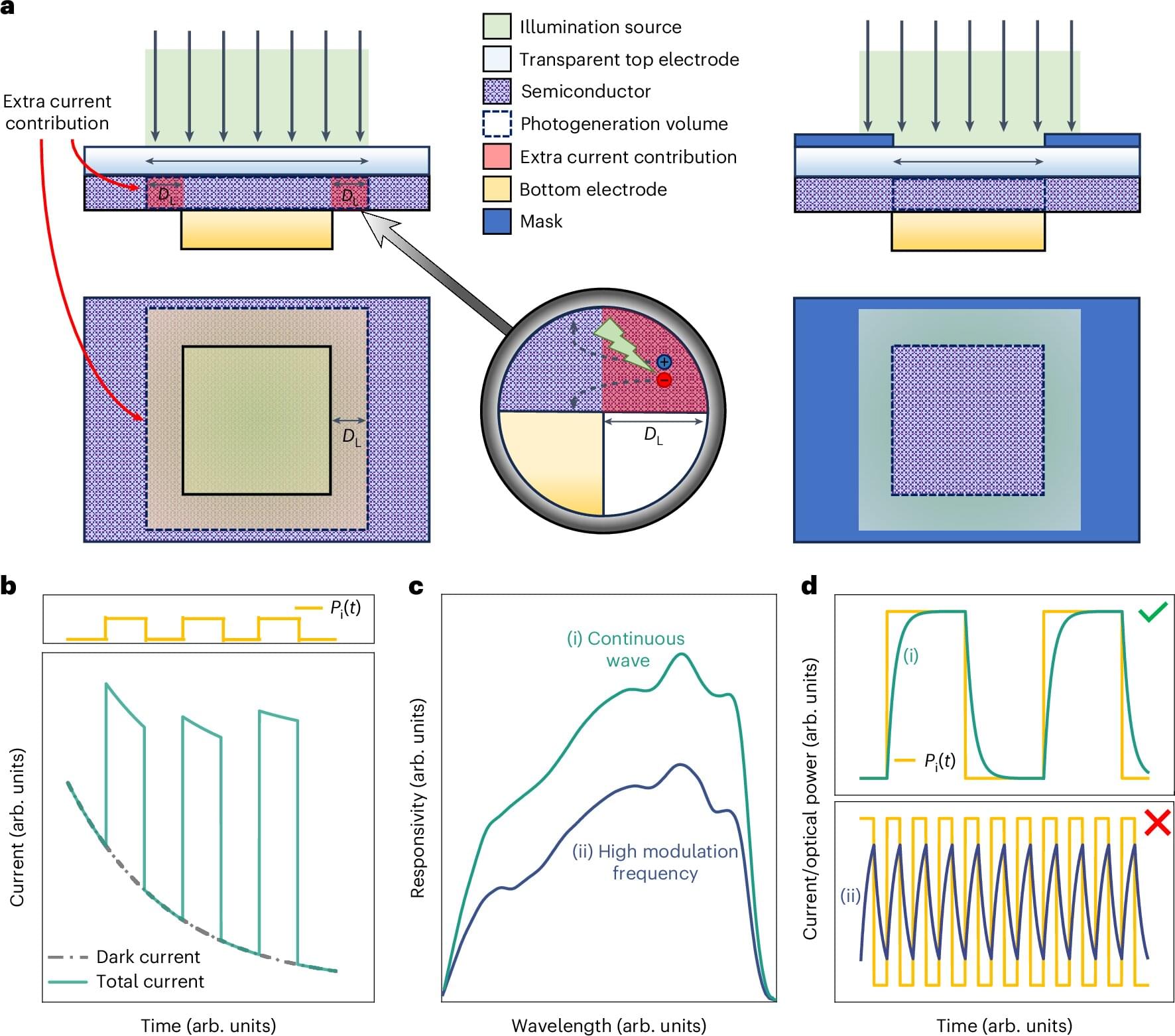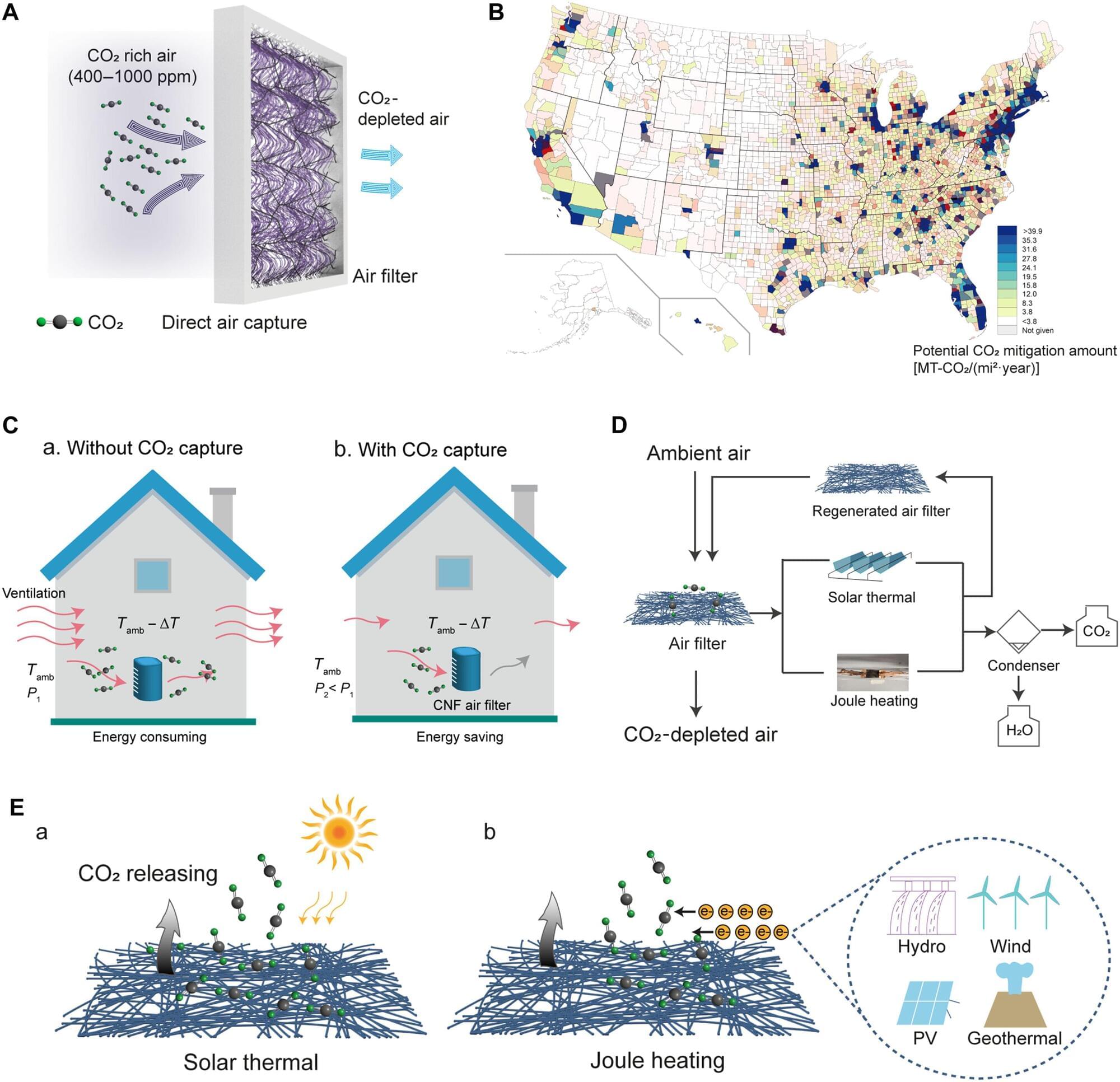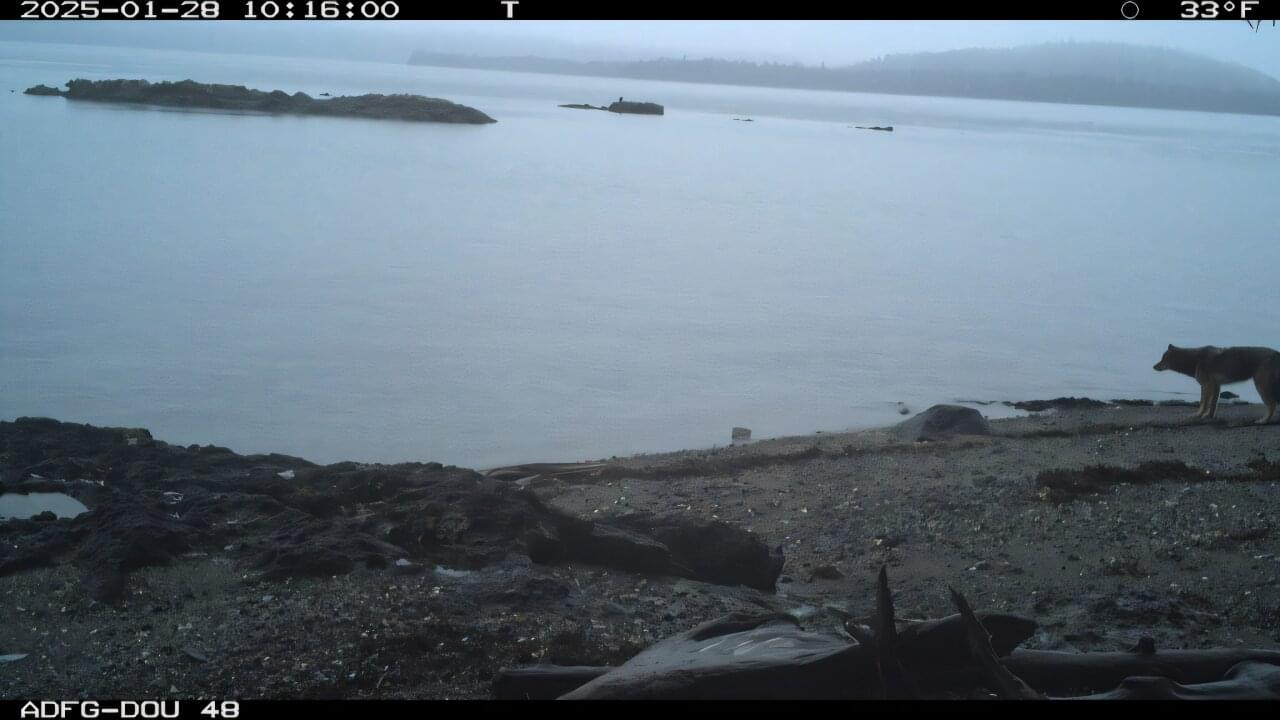Since humanity’s first steps on the moon, the aspiration to extend human civilization beyond Earth has been a central objective of international space agencies, targeting long-term extraterrestrial habitation. Among the celestial bodies within reach, Mars is considered our next home.
The red planet, with its stark landscapes and tantalizing similarities to Earth, beckons as the frontier of human exploration and settlement. But establishing a permanent foothold on Mars remains one of humanity’s boldest dreams and the most formidable scientific and engineering challenge.
The red planet, once draped in a thick atmosphere, has undergone dramatic transformation over billions of years. Its protective blanket vanished, leaving behind an environment nearly unrecognizable to terrestrial life.







